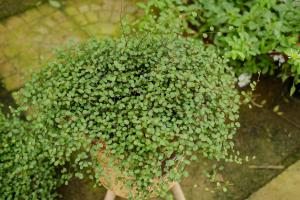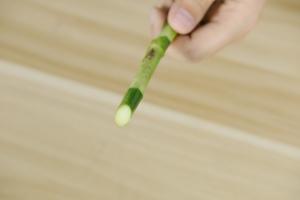1、 Curing method
1. Temperature: at 18 to 25 degrees, it is more suitable for its growth. If it is not within this range, try to adjust it slightly. If it is in very muggy conditions, the surrounding environment must be adjusted, such as shading, ventilation, etc. In addition, when it's very cold, it's best to keep it indoors, not less than five degrees

2. Light: it likes light very much. Under good sunshine conditions, it not only grows well, but also its color is beautiful, and its leaves will turn into beautiful pink. Generally speaking, full day photos can be provided in spring and autumn. However, in summer, you have to shade

3. Watering: it doesn't need much water and can provide a dry environment. It can also be adjusted actively according to the. It can be watered once a week in spring and autumn and twice a week in summer. In winter, if the temperature is lower than five degrees, you must control the water

4. Fertilization: its demand for fertilizer is not too much, but once a month

2、 Breeding skills
1. Propagation: mainly by cutting. This breeding method can be carried out in every given season, and its applicability is very good. Moreover, the survival rate is also very high. The requirements for leaf selection are not high, mainly without diseases and pests. By inserting them into the matrix, they will soon grow into independent plants

2. Change basin: try to change it once a year, because it has relatively high requirements for soil. If there is no condition, it is better to loosen the soil slightly once a year. The special soil for meat can be selected, which is more beneficial to the growth of white lotus. At the same time, the dried leaves can also be cut off, and the root system can also be repaired

3、 Problem diagnosis and treatment
1. Disease: under the condition of high temperature and poor ventilation in summer, it is easy to appear "leaf spot disease", which endangers the leaves and leads to large-area spots. In addition, there is "anthrax", which is also easy to occur when the ventilation is poor. Both diseases can be treated with chlorothalonil

2. Insect pests: "red spider" and "scale insect" are very common, which can be sprayed with various chemicals for control

4、 Other issues
1. Toxicity: there is no poison in its juice, and it will not emit harmful gases. It is harmless

2. Whether it can be raised at home: very suitable. It is an ornamental succulent plant that can decorate the home


 how many times do yo...
how many times do yo... how many planted tre...
how many planted tre... how many pine trees ...
how many pine trees ... how many pecan trees...
how many pecan trees... how many plants comp...
how many plants comp... how many plants can ...
how many plants can ... how many plants and ...
how many plants and ... how many pepper plan...
how many pepper plan...































